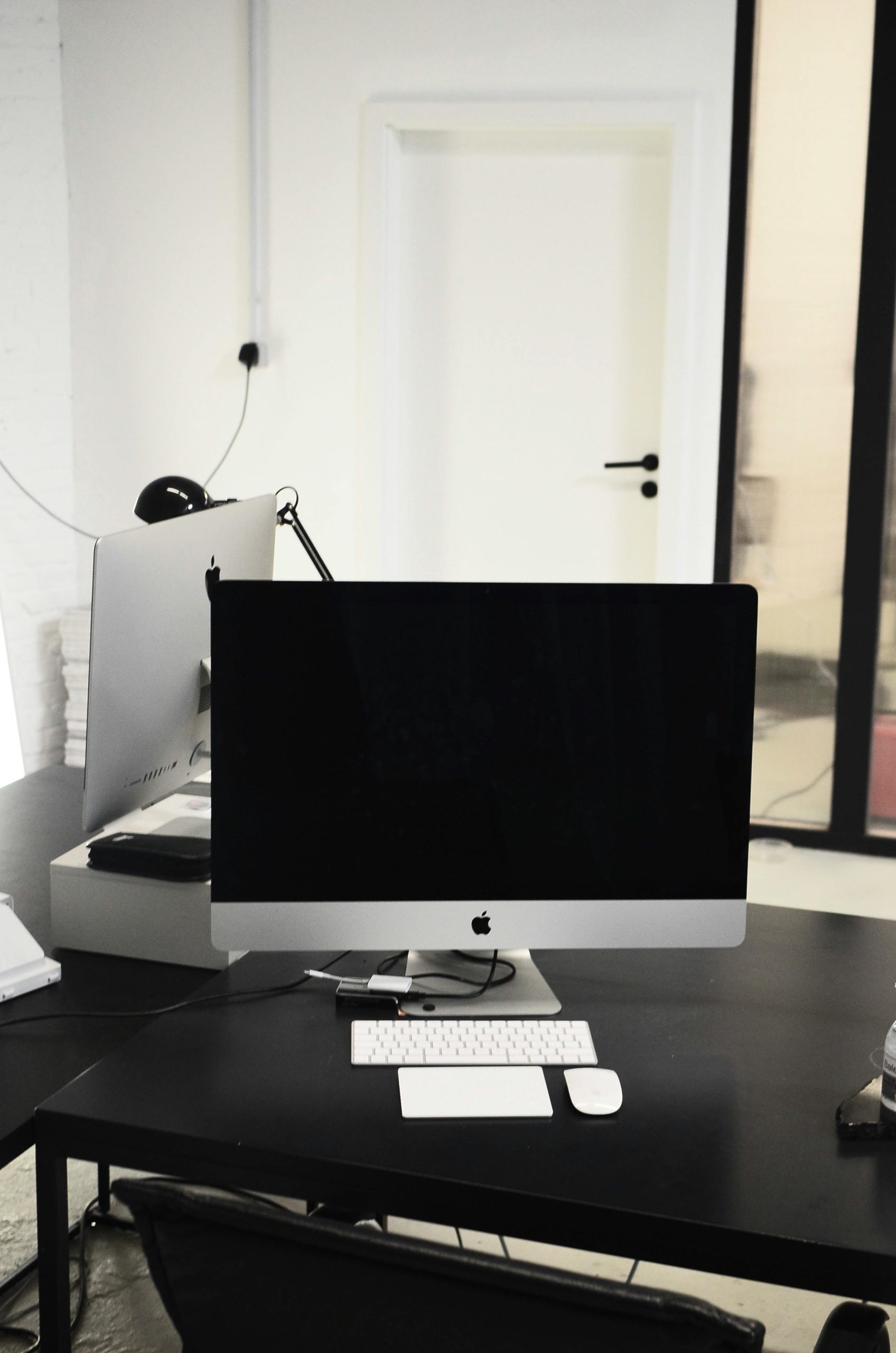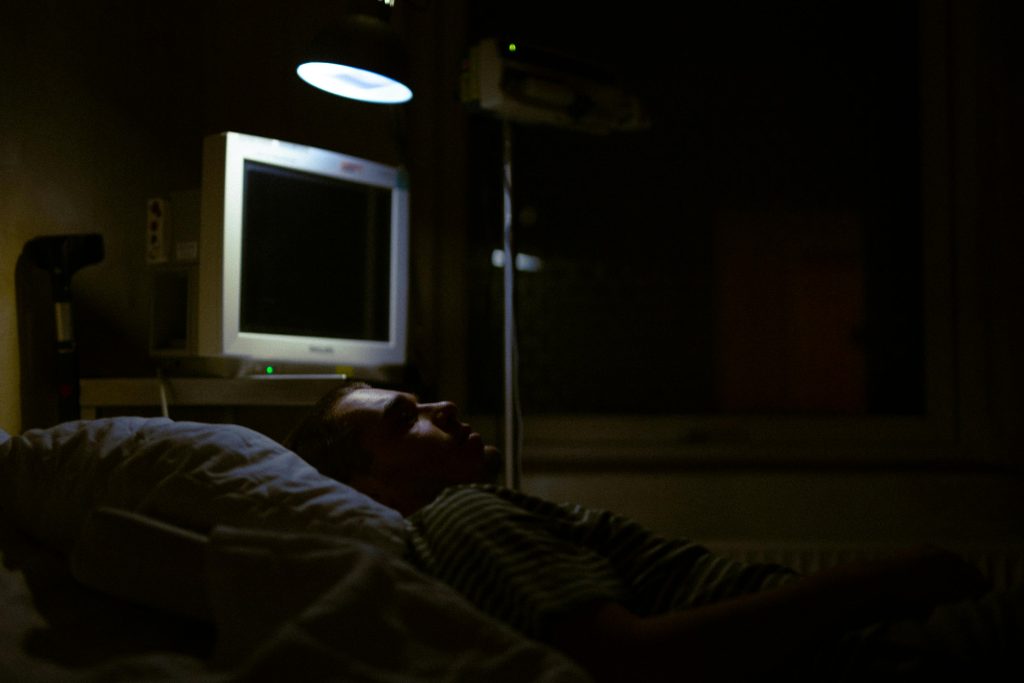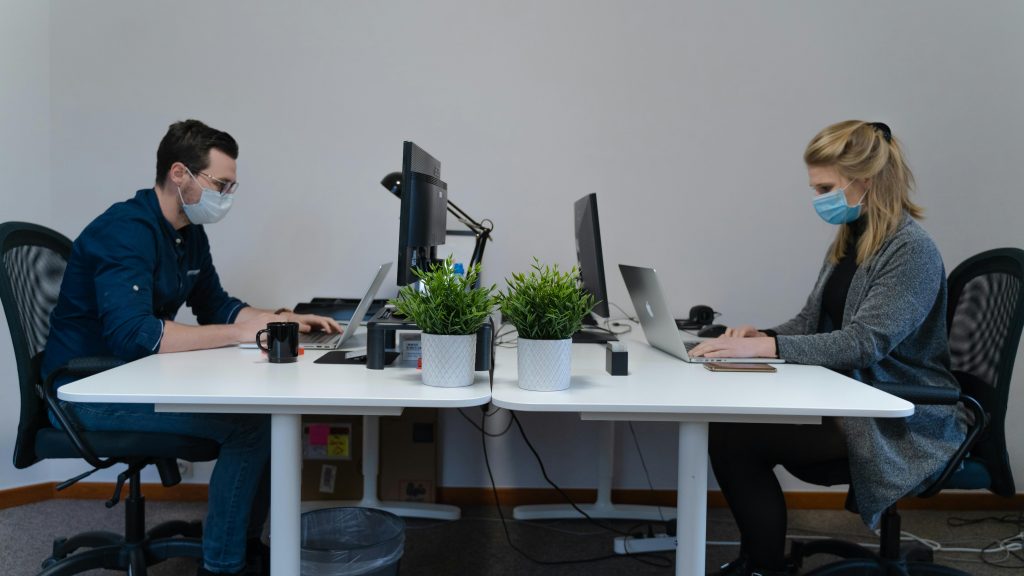Understanding and Troubleshooting Random Monitor Blackouts: A Guide for Windows Users
Are you experiencing an unsettling issue where your monitor intermittently goes black, only to recover after a system restart? If so, you’re not alone. Many users encounter similar problems that disrupt productivity and entertainment alike. In this article, we’ll explore potential causes for intermittent display failures and provide effective troubleshooting steps to resolve the issue.
The Issue at a Glance
Some users report their monitors randomly switching to a black screen at irregular intervals. This behavior often mimics the monitor briefly refreshing or losing input signal momentarily. Notably, the problem persists across multiple displays connected to the same system, and is often resolved temporarily by rebooting the computer.
Additional observations include:
- The problem occurs when unplugging and replugging DisplayPort cables, with the monitor briefly displaying content before going black again.
- Swapping cables or updating graphics drivers sometimes fails to resolve the issue.
- When disconnecting one monitor, the other may operate normally, indicating a possible hardware or compatibility problem.
Common Causes and Considerations
Hardware-related issues:
- Faulty or aging monitors, especially approaching or beyond their warranty period.
- Video cable problems, such as damaged or low-quality DisplayPort cables.
- Graphics Processing Unit (GPU) hardware or driver issues, including outdated or incompatible drivers.
Software and system-related causes:
- Driver conflicts or bugs within the Windows operating system.
- Improper display settings or resolution conflicts.
- Power management settings that might be turning off the display unexpectedly.
Troubleshooting Steps
- Check Physical Connections
- Ensure all cables are securely connected. Use high-quality DisplayPort cables and test with a different cable if available.
-
Try connecting to different ports on the GPU, as port-specific issues can occur.
-
Test with Alternative Hardware
- Connect the monitor to a different computer to determine if the issue persists.
-
Alternatively, connect a different monitor to your current system, which can help isolate whether the problem is hardware-specific.
-
Update or Reinstall Graphics Drivers
- Download the latest drivers directly from your GPU manufacturer’s website (NVIDIA, AMD, Intel).
-
Consider performing a clean installation to remove potential driver conflicts.
-
Adjust Display Settings
- Verify that your resolution and refresh rate are compatible with your monitor specifications.
-
Disable any power-saving display features temporarily to see if they contribute to the problem.
-
**Check
Share this content:



